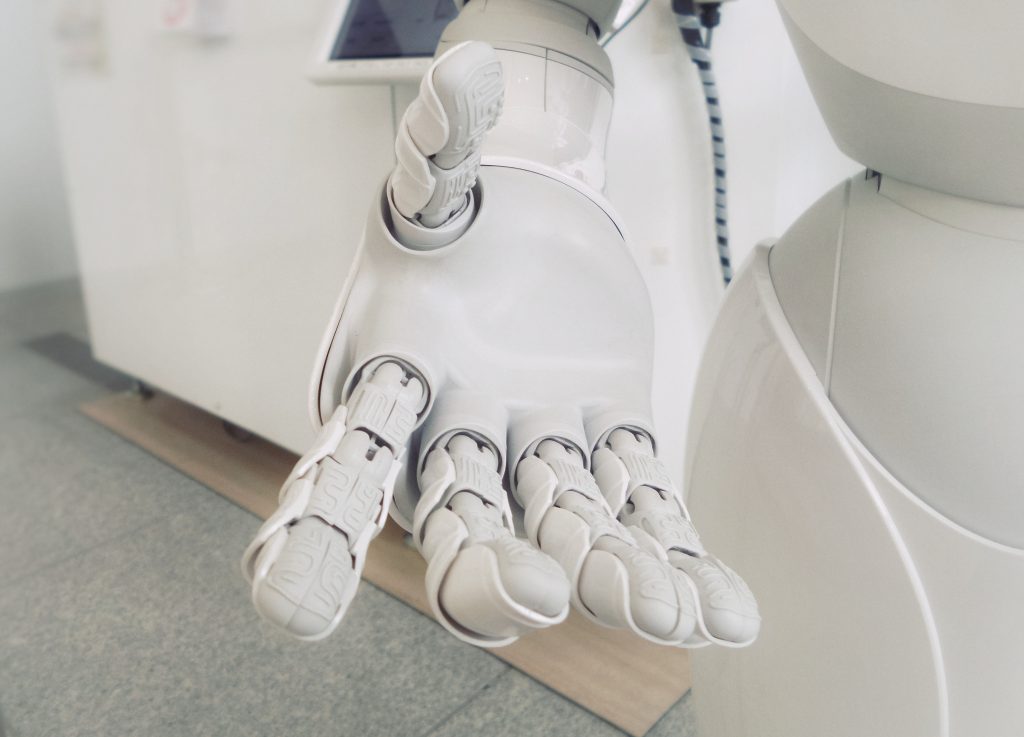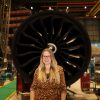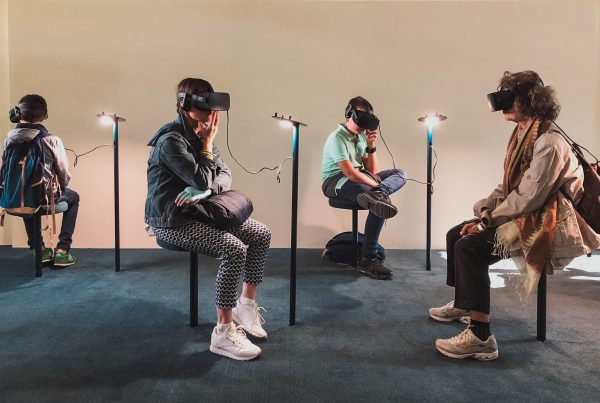Evelien is your new colleague. She works all day long, never takes coffee breaks and never complains that she finds her work boring. Yet she is cutting and pasting data between forms all day long. ‘That’s exactly why we made her: so that people can focus on things they’re good at.’ This is a story about robots that replace people.
‘Why do we have computers? Do you remember that? Well I do: to make our work easier,’ Asher Lake points to a drawing he has just made on his whiteboard. It show three blocks, with the words Aero Exchange, Crocos and SAP Fiori below them. ‘These are the three systems that the Component Services department uses to register broken aircraft components to have them fixed. KLM does these repairs not only for its own fleet but also for many other airlines. If a component appears to be defective during the maintenance, it first goes to a warehouse. After the administrative processing it is transported to the repair department and then the cycle reverses.’
Lake shows a graph representing an eternal loop, ‘In itself this system works fine, but in this loop those three separate IT systems are active. That does not make the lives of the people who have to work with it easier or more exciting. On the contrary. In Aero Exchange the airlines register their parts, Crocos and SAP are used in the warehouses and repair departments. Every time a component moves from one part of the cycle to another, the data must be checked and often transferred from one system to another. This is still done largely by hand,’ he pauses. ‘That is of course far from ideal. It’s boring work and the chance of mistakes is always present. With our project we want to take repetitive work out of our peoples hands, so that they can focus on more intelligent work.’
Evelien
At KLM Digital Studio, since September 2018, a team of six people has been working on technology that will make it possible. Officially it’s known as Robotic Process Automation or RPA. ‘But we prefer to use the term virtual employee, that sounds much nicer, doesn’t it?’ Lake is “product owner” in that team, together they work on the implementation and development of the virtual employees at KLM. ‘That’s how you really should see it. It is a digital colleague who can let you do the boring work. We have just hired our first virtual employee at KLM Engineering & Maintenance, department Component Services. We call her Evelien. She works 7 days a week, 24 hours a day, very precise and she never complains. If it is necessary to hire new colleagues, you can easily add them or fire them later on when needed.’
‘Look, here she is going live in the systems of component services, ‘on the screen next to the computer of Mona Nagar, windows programs are opened and closed as if by an invisible hand, and at a slow pace. Nagar is the virtual assistant programmer in the team. In a black window with green letters, the image stays in place for a while. ‘Now she is working in Crocos, an old mainframe application that takes a lot of time during operation. The robot waits quietly until it can enter something and then continues. At the moment the bot is still running from this laptop, but the development is now as good as completed. We are working on the last user tests. Soon we will migrate her to a server from where she can do her work independently.’
45 minutes
‘The nice thing about Evelien is that the existing systems perceive her as if she were a human being,’ Lake explains later. ‘It is therefore not an API or other advanced system that communicates with the existing software in its own way. No, Evelien has her own account in the systems, logs in and then starts her activities just as a person would.’
Yet that sounds a bit cumbersome: to simulate the actions of a human being with a robot. ‘That’s exactly what it is,’ Lake gesticulates. ‘We also do not pretend that this is the ultimate solution, we see it mainly as a bridge until the moment the underlying systems have been replaced or upgraded and they can communicate with each other in a smarter way. Until then, there is the virtual employee. It really works. On average, it takes 60 minutes to get an aircraft component processed in the system. If you include Evelien and her colleagues in the process, that will be reduced to 15. That is important, because KLM Component Services wants to grow. Hence these types of processes also have to run smoother and go faster. In addition to that: the working life of the people who do not have to do this anymore is getting better and more pleasant. That is perhaps much more valuable.’










